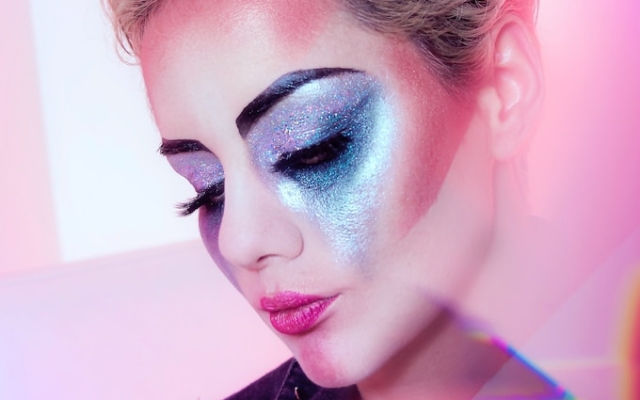 Sparxell uses the same material that many plants and animals use to create vibrant flowers. Photo: Sparxell
Sparxell uses the same material that many plants and animals use to create vibrant flowers. Photo: Sparxell
Fund created by L. “Oreal has invested in a plant-based cosmetics business created by Cambridge scientists.
Sparxell, founded by Cambridge University scientists, has received $3.2 million (£2.5 million) from backers including the French cosmetics giant.
The Cambridge scientists behind Sparxell have created pigments based on the same material that many plants and animals use to create vibrant colors. The pigments are created using plant cellulose, which means they are vegan and renewable.
Academics say the colors are more intense and long lasting than those created using synthetic dyes.
Sparxell plans to use its pigments in the cosmetics market, including glitter makeup, creams and sunscreens, as well as automotive paint, glitter and textiles. The pigments will not contain toxins and will be biodegradable.
The $3.2 million in funding, which also includes support from SpaceX backer Future Communities Capital, will enable the company to accelerate product development and commercialization. Part of the funding came from the Circular Innovation Fund, co-founded by L'Oreal.
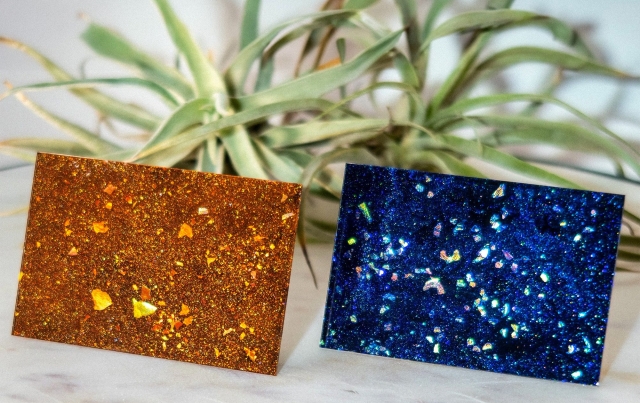 Sparxell plans to use its pigments in cosmetic market, including glitter makeup. Photo: Sparxell
Sparxell plans to use its pigments in cosmetic market, including glitter makeup. Photo: Sparxell
A recent study found that more than a million people in the UK went vegan last year, and Sparxell founder and chief executive Dr Benjamin Droege said he believes plant-based cosmetics and other colorants have similar growth potential.
< p>He said: “The same opportunity exists for dyes, driven by the general interest of consumers, brands and regulators in moving to fully sustainable, biodegradable, closed-loop products.”
Dr Droege said that traditional chemical dyes cause “serious harm to the environment at every stage of their life cycle, from production to degradation.”
He said: “Modern dyeing processes use more than 10,000 fossil fuel-based chemicals. The textile industry is a known source of dye and microplastic emissions, with more than 1.5 million tonnes released into the environment each year, and dye was recently identified as the largest source of microplastics in the ocean.»
Academics from the University of Bath recently warned that dyes used in the textile and food industries pose «an acute threat to plant, animal and human health» as wastewater is discharged untreated into waterways.
California Center Earlier this year, the environmental organization said, that it found high levels of a chemical known as BPA in socks and sports bras made by dozens of major brands. The chemical disrupts hormones and has been shown to harm development.
The EU prohibits the use of substances classified as toxic or carcinogenic in the fashion industry.











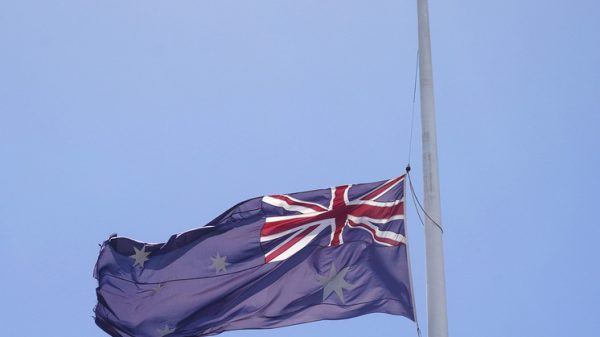



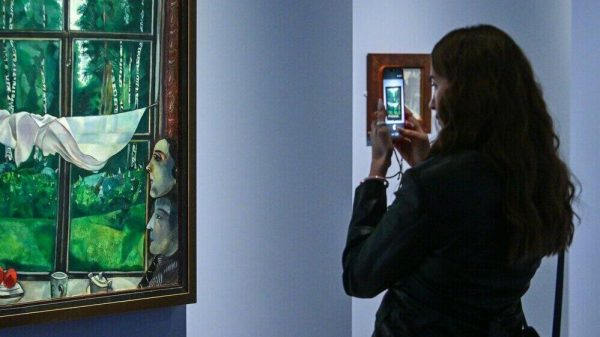



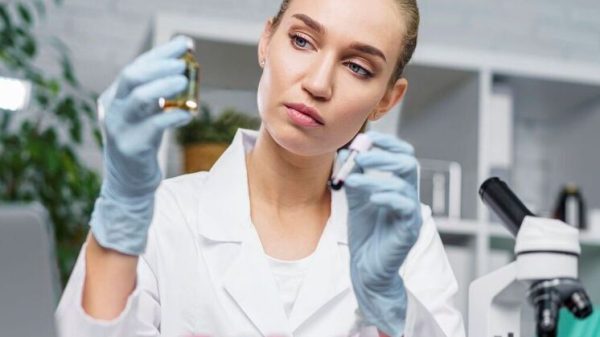


































Свежие комментарии